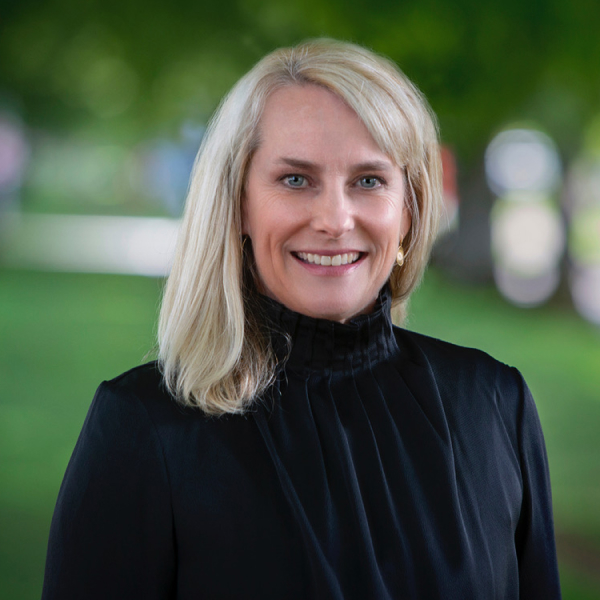Recap with Amy Krymkowski, Executive Coach
Last week, we had Amy Krymkowski, owner of Better Path Coaching as our guest talk about how mid career professionals can find their hidden strengths, reinvent themselves and create their own career story. She’s been an executive coach for over ten years and has worked for companies such as, Men’s Wearhouse, Genentech and Challenger, Gray & Christmas. Here are her answers to our questions:
1. How can a mid-career professional uncover hidden strengths?
Amy said there are many ways to find hidden strengths in mid-career and here are a few ideas on how to get started:
- Ask yourself and others who know you, “What are you known for?”
- Who has offered to give you feedback?
- When was the last time you discussed your strengths and skills with someone?
- Have you completed an assessment lately?
- Write down your strengths and your weaknesses
- There is a book called, “Positive Psychology” as well as a website which includes a pdf regarding tools to use. They talk about the process of how to look at strengths and weaknesses and provide exercises. Positive Psychology Exercises
- BOOK REFERENCE: Now, Discover Your Strengths by Marcus Buckingham and Donald Clifton.
The authors suggest a true strength meets three criteria:
- You are good or have the potential to be good at it.
- You are energized by doing it.
- It benefits something greater than yourself.
- ASSESSMENTS: to gain insights about your skills, strengths and personalities, consider one you may not have heard of called “VIA Character Strengths Survey” This survey is free. VIA Character Strengths Survey & Character Profile Reports
2. We talked about a book called “Working Identity” by Herminia Ibarra – she talks about mid-career reinvention. What advice resonated with you and helped your clients?
Dr. Ibarra talks about two approaches to change or transition: Answer-driven or Process-driven.
Answer-driven:
“I want to get from A to B” so I will make a plan and execute.”
In this example, the focus is on the outcome and it creates the strategy first and then moves to action.
Process-driven:
I want to apply my skills in a different way, how can I make that happen?”
In this example, Amy explained there are more experimentation and active learning.
My biggest recommendation is to act your way into a new way of thinking and being. She explained that clarity can come through action and the key is getting “applied experience” one needs in order to make the transition you want.
An online resource by the Author, Dr. Dawn Graham who wrote, Career Switchers is incredibly helpful for people going through a pivot. Linkedin Learning: Switching Your Career | Dr. Dawn Graham on Careers (free for premium members of LinkedIn and it’s an hour long).
Dr. Dawn Graham offers some examples of “applied experience”, which include:
- Create your own internship
- Side hustle
- Contract or temporary work
- Volunteer inside and outside of your company
Here are the "Different Stages of a Career Transition" (by Dr. Ibarra and William Bridges):
- Beginning - Shedding old identity
- Middle – Morphing, bridge between the old and the new
- End – New Beginning, clarity on your destination and ideas for next steps
How can a mid-career professional create their own career story?
Career stories are a narrative about your professional life that tells the listener some highlights about why you have chosen your career path and where you hope to take it.
The narrative ideally describes your top strengths or superpowers backed up with clear examples of how you’ve put them into action and how they are relevant to the role or opportunity you want next.
You will want to do three things to get started:
- Decide what narrative you want to tell and define the major chapters of your career.
- Draw out and the key accomplishments and roles from your career history that reinforce that narrative and helps make the story cohesive
- Bring it full circle in terms of why you’re interested in a particular position/role and how you add value/make a difference
Career stories can be conversation starters, especially when networking or interviewing.
- It helps you stand out from your competition,
- It’s a way to explain any employment gaps or job changes you made
- It can help others learn about your career choices and aspirations
- It could result in advice from others and job leads
Amy created a template to help get started in developing your career story.
Click on the following link to take a look at Amy’s infographic – Defining Your Career Story
Here is another article from The Economic Times on how to best create your career story.
Finally, here is the link for the full webinar conversation. Hope you enjoy it!
3 Steps to Uncover Your Hidden Strengths for Mid-Career Professionals
| MORE ARTICLES
Emily’s vision for illume hire developed as part of her journey from a startup-curious sales and media professional to co-founder and CEO. Her passion is to provide resources to support professionals with 20+ years experience. Emily was part of the founding leadership team of Age Equity Alliance, a non-profit focused on the benefits of an intergenerational team.







